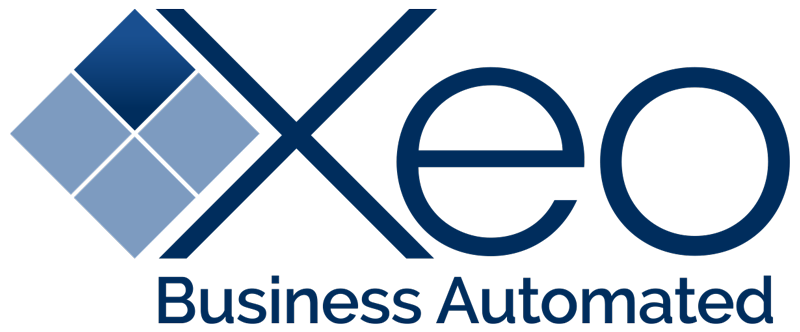Over the years, we’ve heard everything there is to hear about KPI or key performance indicator dashboards. While some of it was indeed valuable information—like how to use a KPI dashboard, the value it brings and what KPIs to use for your industry—we’ve also heard inaccurate and downright false information, too.
Are you considering implementing a KPI dashboard at your organization? Take a minute to learn from the worst dashboard-related advice we’ve heard, and be sure to steer clear of these unfounded assumptions as you move forward:
- You can get by without a KPI dashboard. If you want to ensure your company is making wise decisions, then a KPI dashboard is crucial for tracking and managing data. A dashboard can provide insight into how your company is performing, help you track goals and milestones, and help you determine where improvements should be made and where bottlenecks and inefficiencies exist. Without a KPI dashboard, you’re forced to manage data manually, and that can take too much time and effort. You have to gather data from each department, compile it, analyze it and then create reports all by hand. This isn’t the most efficient use of your time, and it results in delayed decision-making across the board.
- You can use spreadsheets instead. While spreadsheets can store minimal amounts of data, they’re not ideal for bulk amounts, and they grow slower and more unwieldy with each addition. They also hinder collaboration since there’s no easy way to track versions, control permissions or even produce reports, all of which are crucial for a truly successful data management system.
- You should use an off-the-shelf dashboard. Off-the-shelf dashboards can get you started, but they don’t accomplish everything you need. Eventually, you end up using spreadsheets and databases on top of your KPI dashboard, which quickly becomes confusing and difficult to manage. Custom solutions ensure that your dashboard addresses all of your organization’s needs and demands, and provide the tools necessary to move forward.
- A KPI dashboard isn’t worth the money. Although a KPI dashboard comes with an upfront price tag, it’s a sound investment when you consider what your dashboard will save you over the years. With a solid dashboard solution, you can improve your revenues and sales, operate a more efficient company and cut down on operational and staffing costs—all of which leads to more money in your pocket.
- You should put any and all data into your dashboard. Just because a dashboard makes managing your data easier doesn’t mean you should pack it with all the data you can possibly gather. You should choose the right KPIs for your company, set goals and create milestones, and then focus on gathering data that supports those. Only then can you begin to move toward success.
- You don’t need a dashboard that uses visuals or graphics. Visualization is paramount for data analysis. To get the most out of your data, you can’t view it as just numbers on a screen. You need to see your data clearly, graphically and in real-time. All great KPI dashboard software should come with visual functions. You should be able to view data as graphs and charts so you can interpret it, compare it to historical data and truly understand your organization’s performance. The non-technical people in your company can also digest and utilize data easier with visuals, which help make trends, spikes and bottlenecks more apparent.
For Further Information
If you want to learn more about dashboards or inquire about your own custom KPI dashboard software, then contact the Xeo team through our online form or try our free dashboard platform today.

































